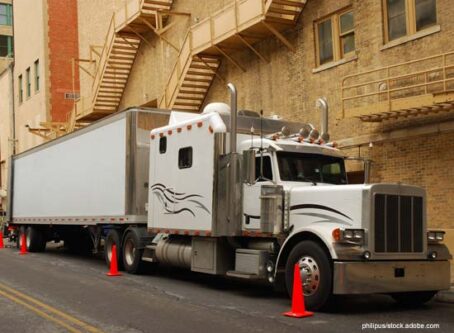DAT SOLUTIONS: High-pressure system – Florence pushes up rates in the Southeast
While the winds of Hurricane Florence have subsided, the effects will be felt for months to come. More than 30 people have died in storm-related incidents, and several towns remain flooded or cut off with no road access in or out.
If you’re hauling loads in or out of the Southeast and using your MembersEdge load board, you’re seeing freight volumes and truck availability in a familiar pattern.
Increased freight movement before the storm
Activity on DAT MembersEdge heated up in the days leading up to Hurricane Florence. Van and reefer shipments into the Southeast were heavy leading up to Friday, when Florence made landfall, and there were big spikes in van rates heading into the Carolinas and Virginia.
- The average van rate on the lane from Allentown, Pa., to Richmond, Va., jumped up 60 cents to $3.44 per mile, an extremely high rate coming out of the Northeast.
- Atlanta to Charlotte gained 20 cents to $2.96 per mile.
- The average outbound rate from Charlotte rose 3 cents to $2.54 per mile, as shippers moved goods out of the area ahead of the storm.
Check out the map showing changes in inbound van rates. Rates were higher last week in red areas.

A pause during the storm
Late last week, people hunkered down and freight moves slowed. This is the phase we’re in right now, as emergency responders move in to help with immediate needs and survey the damage.
Relief freight after the storm
As roads reopen, we’ll see emergency freight brought in. Van and reefer loads usually move in first, and flatbed demand picks up later with construction supplies equipment needed for cleanup and rebuilding. As a national average, the flatbed rate fell 4 cents to $2.58 per mile. That’s expected to rise once it’s safe to move rebuilding materials and equipment into the region.
Here are some other trends to watch.
Fuel up
After a disaster, every type of fuel runs low as people attempt to evacuate. But shortages also occur later in areas as these evacuees head home. If you’re moving relief loads or other freight into the Southeast, check on fuel availability before you reach the region.
Meet ALAN
The American Logistics Aid Network (ALAN) has a handy map and list of aid requests during an emergency. ALAN loads won’t necessarily be FEMA freight, but they could still be emergency relief for local people trying to put their lives back together.
Relief pitch
Your MembersEdge load board has tools to help you find FEMA and emergency freight. Visit dat.com per industry-trends per emergency-freight for the latest information.
If you can’t go, you can still help
The American Red Cross has a special donation site for hurricane relief. After Harvey and Irma, DAT employees donated there, and our company matched those funds. Maybe you want to help an organization with a special focus, like the Humane Society. Some groups seem to come out of nowhere so check out the National Voluntary Organizations Active in Disasters, which publishes advice and resources to help you find legitimate relief groups.
Rates are derived from DAT RateView, which provides real-time reports on prevailing spot market and contract rates, as well as historical rate and capacity trends. All reported rates include fuel surcharges.
For the latest spot market load availability and rate information, visit the MyMembersEdge.com load board or tune in to Land Line Now. You can get all of the latest rate information at dat.com per industry-trends per trendlines, comment on the DAT Freight Talk blog, or join us on Facebook. On Twitter you can tweet your questions to us @LoadBoards and have your questions answered by DAT industry analyst Mark Montague.









